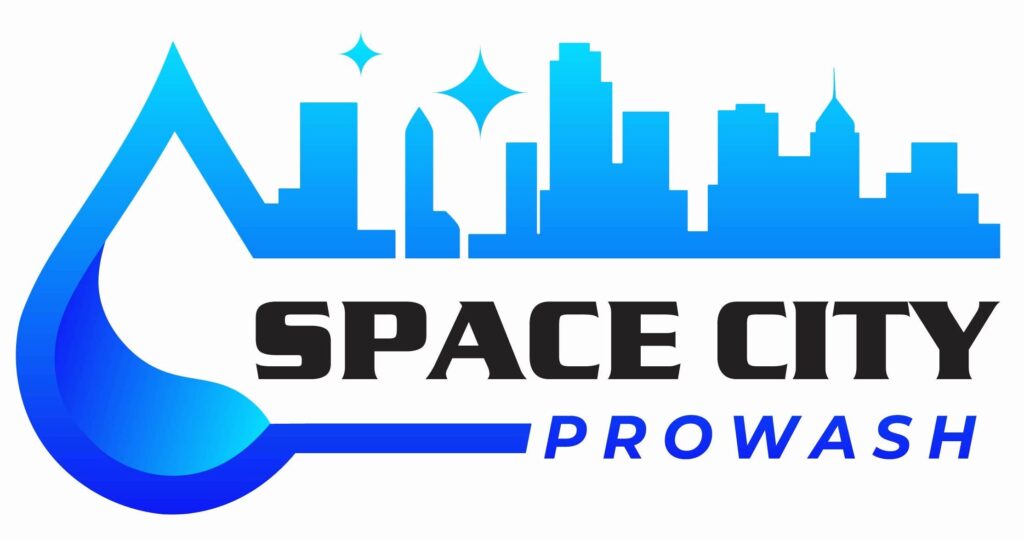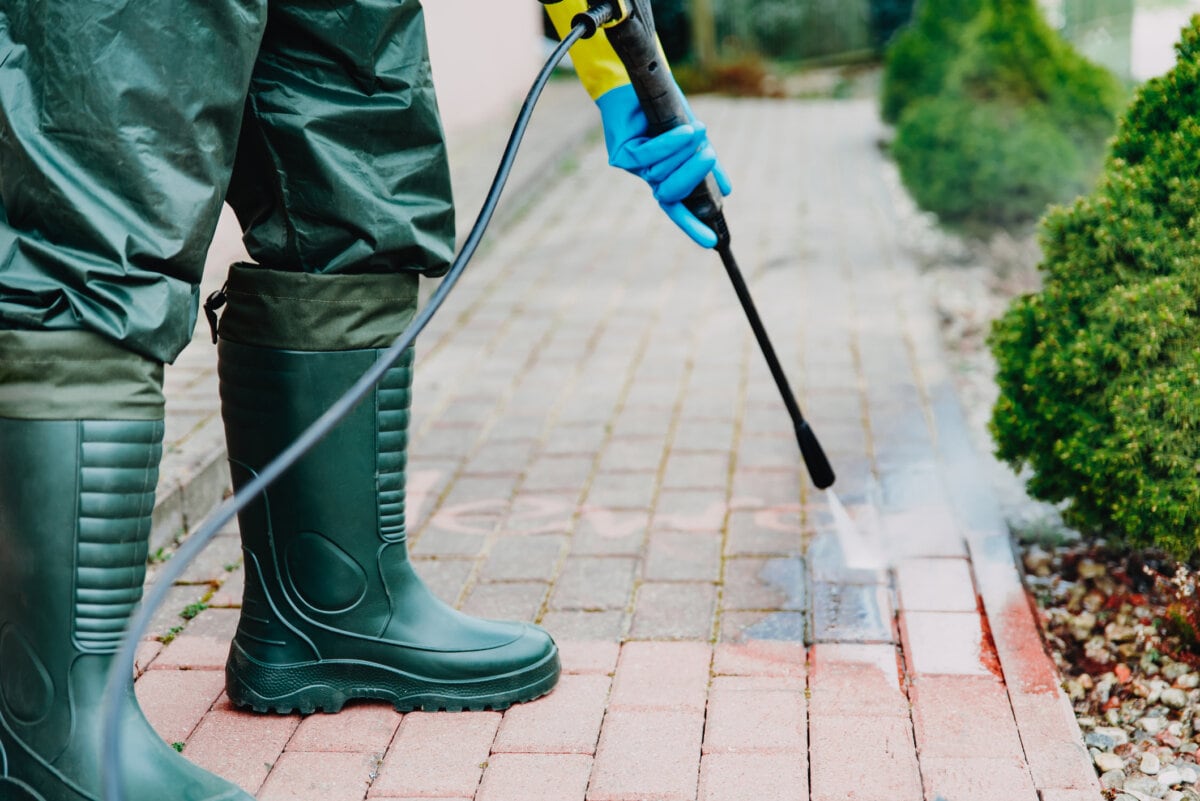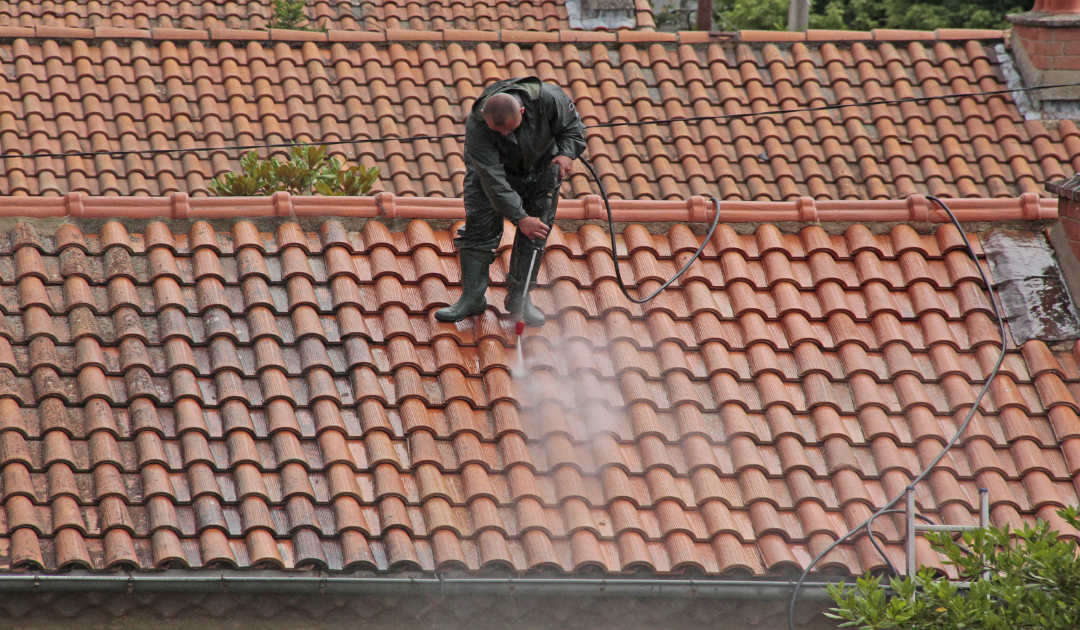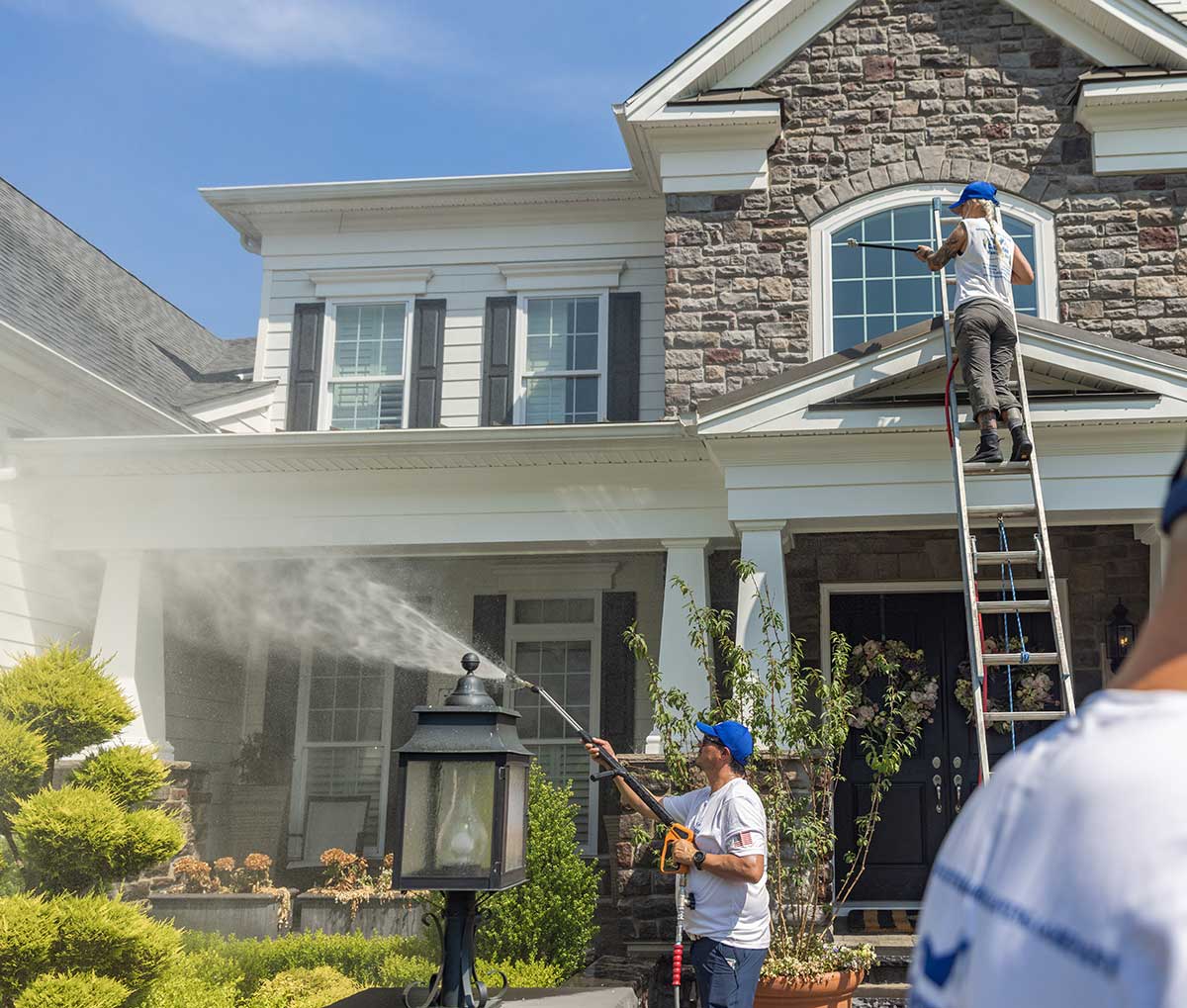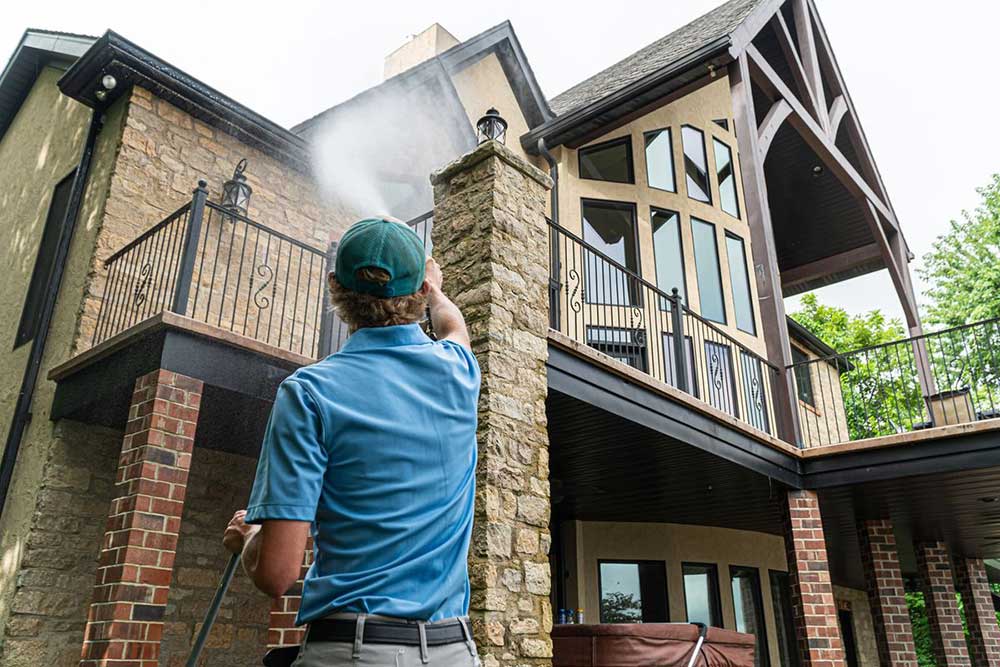So you have a concrete driveway or walkway that has seen better days? Perhaps it’s stained, maybe it’s a bit discolored, or it might just have lost its original luster. No worries. You don’t necessarily need to hire professionals to get it looking new again; you can do this yourself if you have the time and are willing to get your hands a bit dirty.
Why Concrete Cleaning Matters
Concrete is porous, which means it readily absorbs liquids. Over time, this can result in a buildup of dirt, oils, and other substances that can stain and deteriorate the surface. Regular cleaning not only enhances the appearance of your concrete surfaces but also extends their lifespan.
Equipment You’ll Need
1.) Pressure Washer: Consider renting one if you don’t own it. Make sure it’s suitable for concrete surfaces.
2.) Cleaning Solution: Choose a concrete cleaner that is appropriate for the stains you have.
3.) Protective Gear: Safety glasses, gloves, and ear protection are a must.
4.) Stiff-Bristle Brush: For scrubbing stubborn stains.
Step-by-Step Guide to DIY Concrete Cleaning
Step 1: Preparation
Clear the area of any obstacles and sweep away loose debris.
Step 2: Safety Measures
Do your protective gear. Remember, safety first.
Step 3: Pre-treat Stains
For oil or other stubborn stains, apply a pre-treatment solution or degreaser.
Step 4: Apply Cleaning Solution
Cover the concrete surface with the cleaner and let it sit for about 10-15 minutes.
Step 5: Scrub
Use a stiff-bristle brush to scrub away stubborn grime.
Step 6: Pressure Wash
Using the pressure washer, rinse off the cleaning solution and grime. Use a fanned tip and keep the nozzle at least a foot away from the surface to avoid etching the concrete.
Step 7: Post-Treatment
Apply a post-treatment solution to inhibit future stains and to keep the surface cleaner for a longer period.
What to Avoid
- Don’t use a zero-degree tip on your pressure washer; it can damage the concrete.
- Avoid using bleach or other harmful chemicals that can damage your concrete and harm your landscaping.
- Never pressure wash over control joints and cracks, as water can get in and worsen the damage.
Additional Tips
- Seal your concrete every few years for added protection and longevity.
- Regular maintenance like sweeping and rinsing can go a long way to keep your concrete surfaces clean.
Concrete is a sturdy, durable material, but it does require some TLC to keep it looking its best. With the right tools and a bit of elbow grease, you can get your concrete surfaces looking as good as new.
